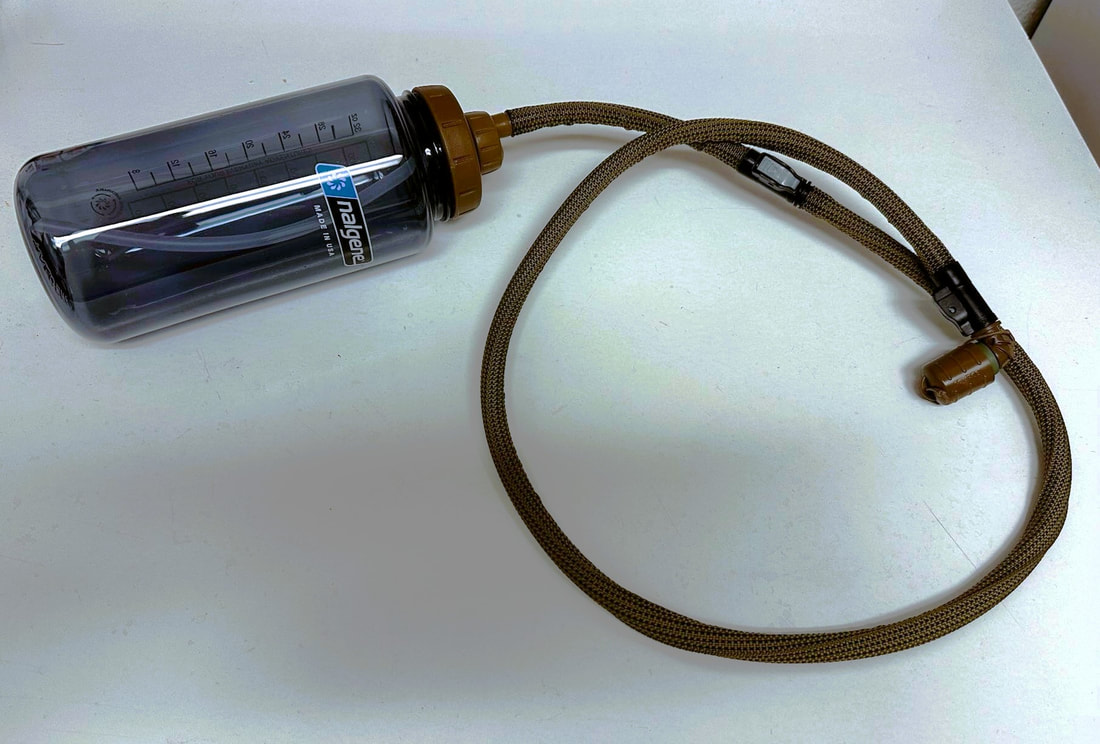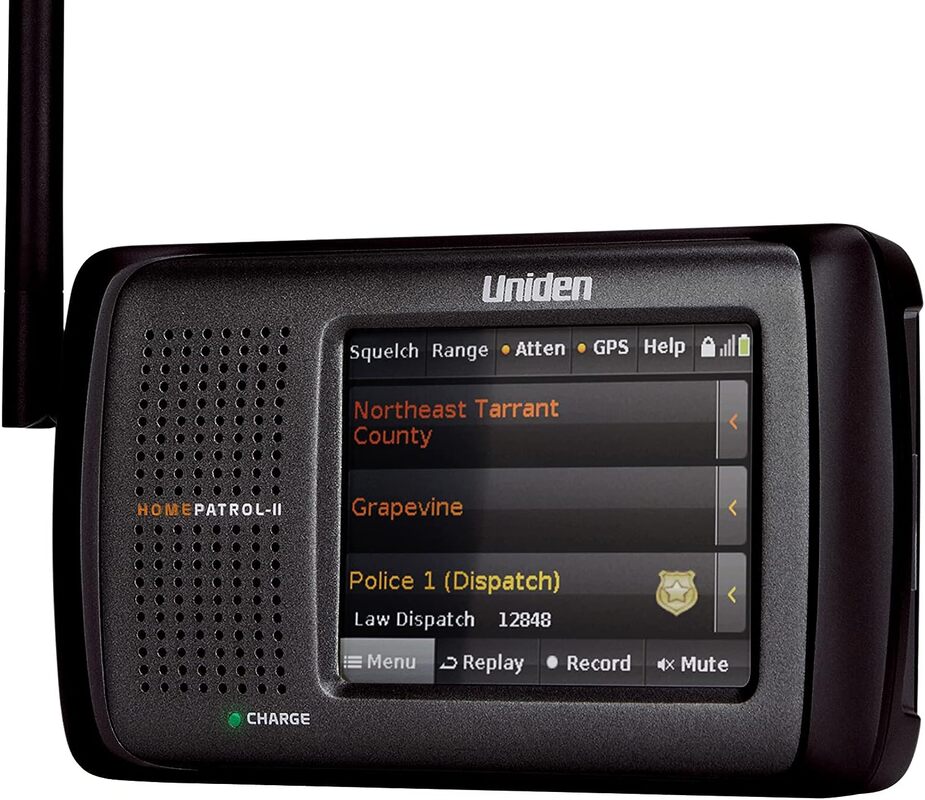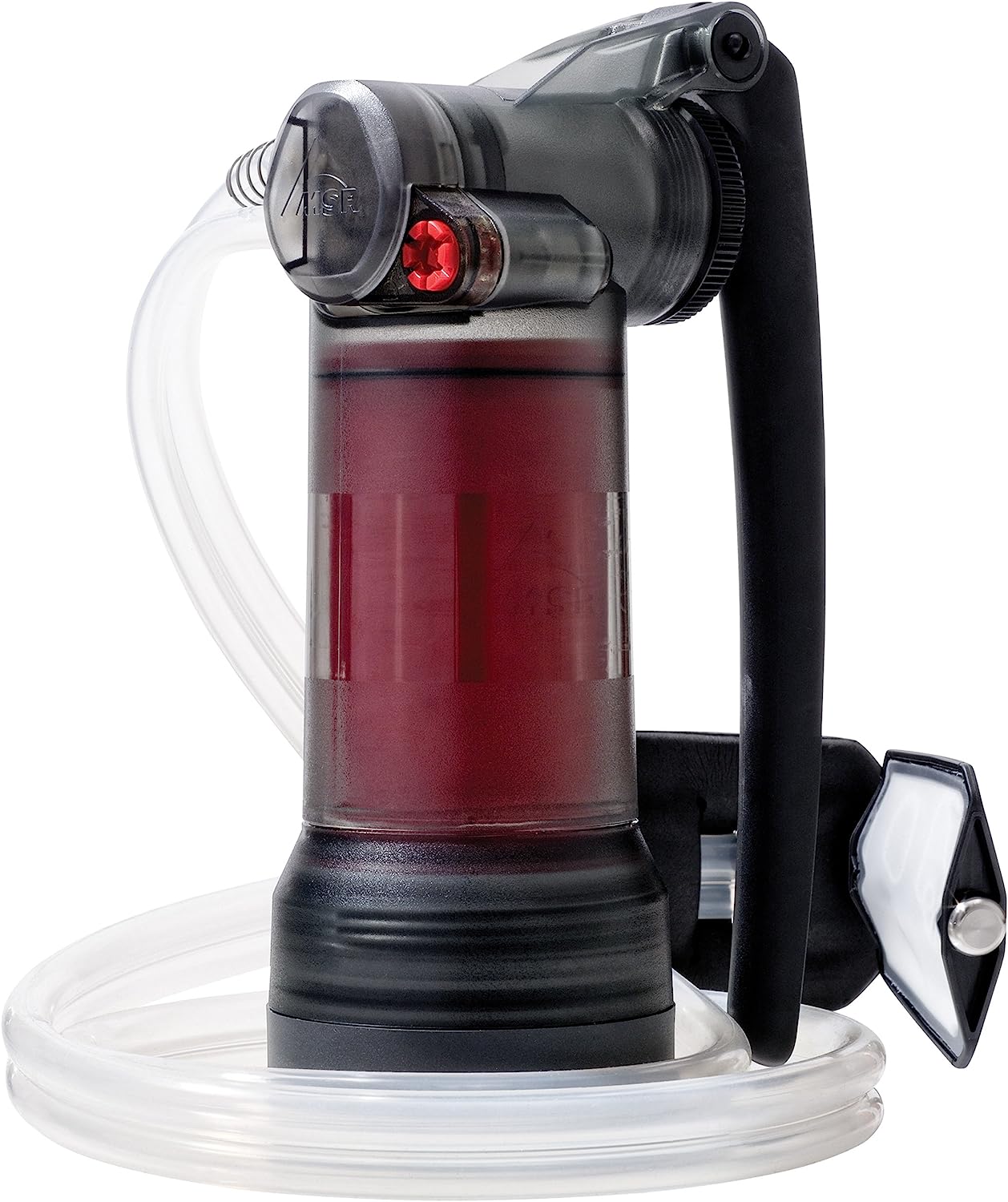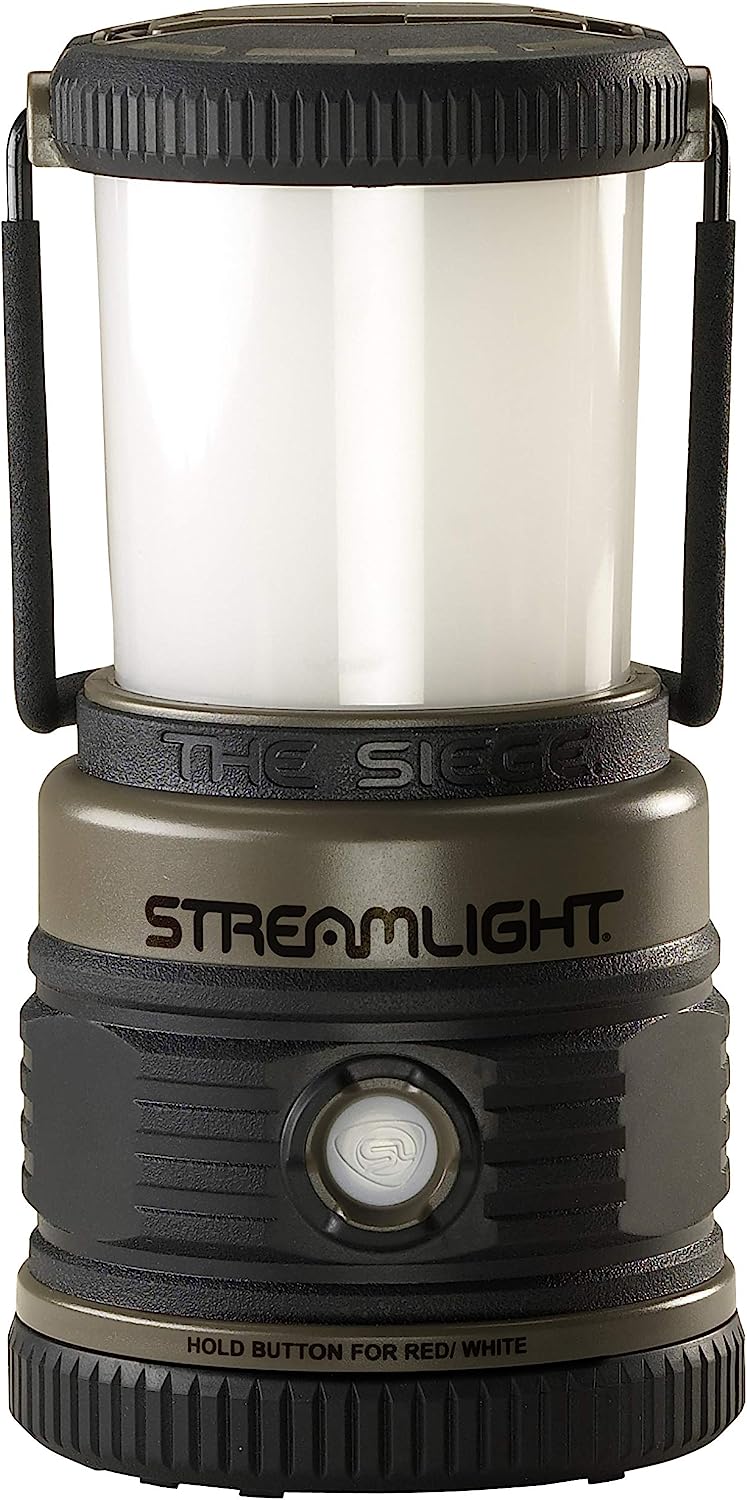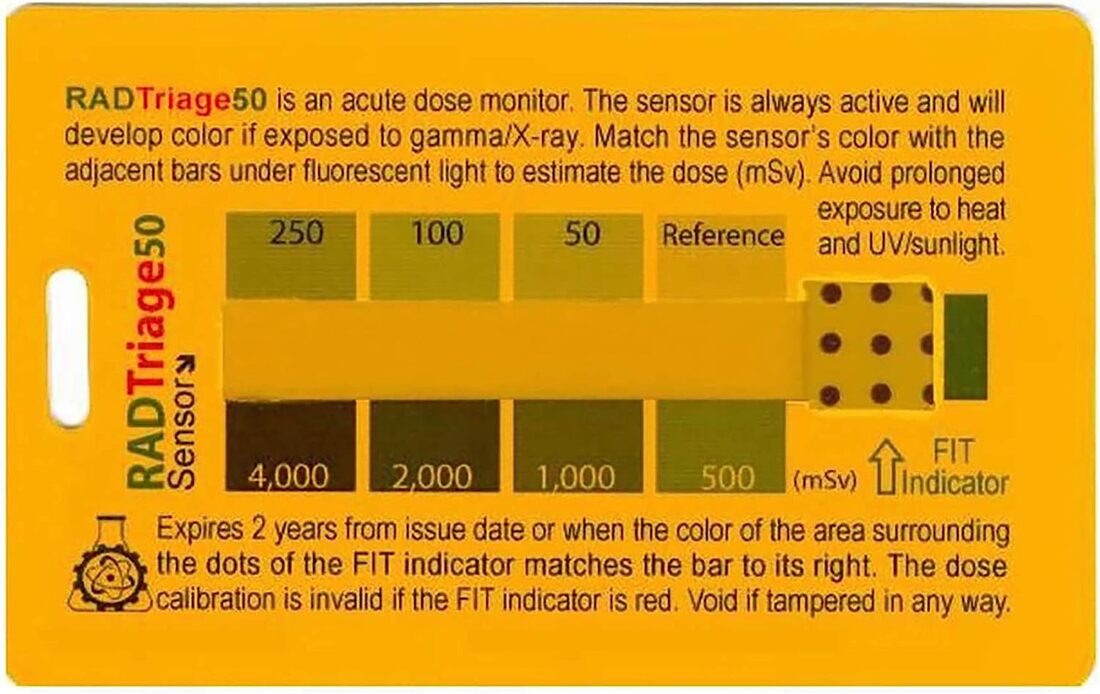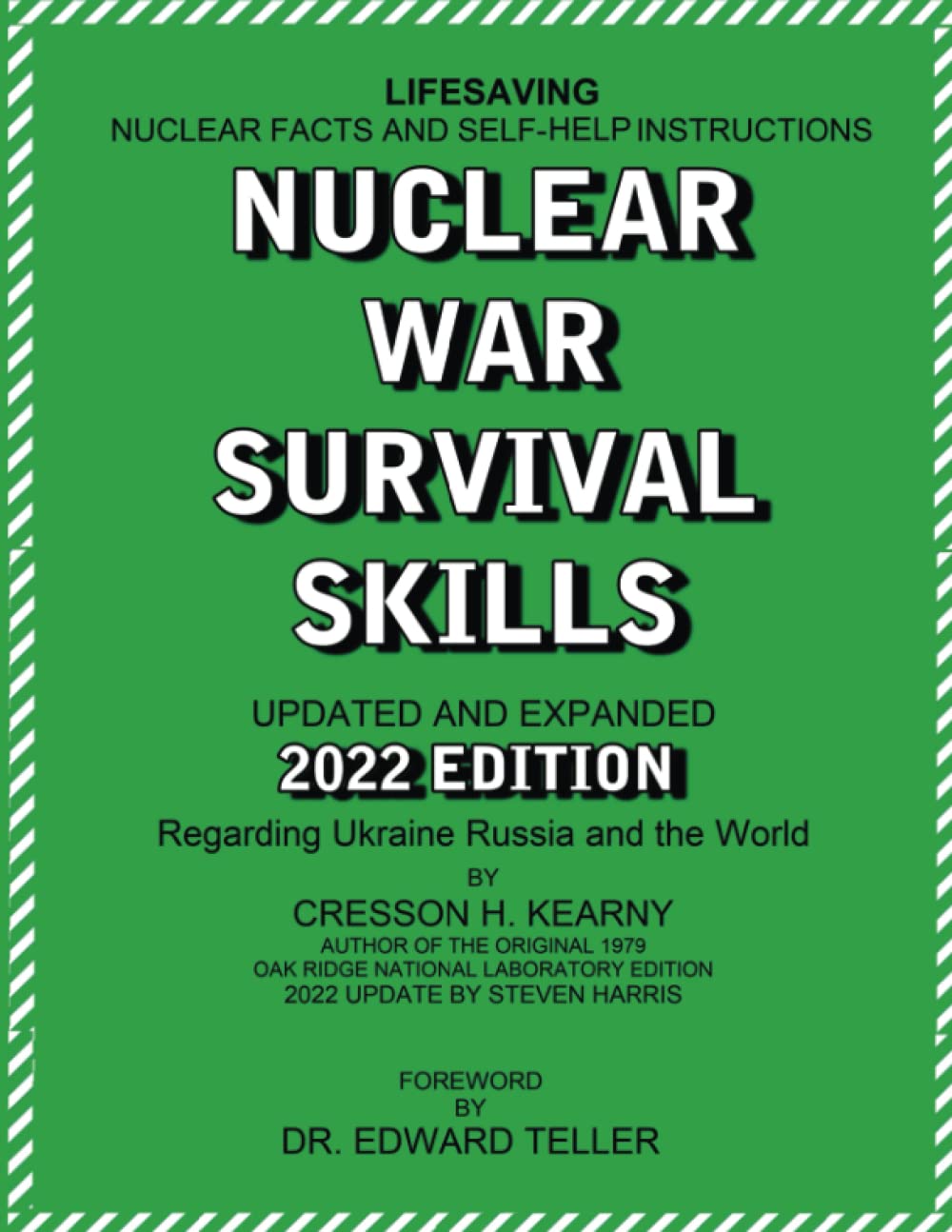|
Note: this an adaptation of an except from my non-fiction book Suburban Defense: A cop’s guide to protecting your home and neighborhood during riots, civil war, or SHTF.
A lot of us have given thought to independent operations, small-unit tactics, and guerilla warfare. One area I seem to notice that has been left out of discussion is riot/crowd control. 2020 was the year of the mass riot that made its way into residential neighborhoods. We saw ad hoc groups spring up in defense, but just standing around openly carrying isn’t always going to turn the tide. Bad guys will call your bluff and suburbanites to rural defenders need to consider proper riot/crowd control techniques and equipment. Goals of your anti-riot/anti-mob efforts Your goals in any effort to keep riots or mobs from causing havoc in your neighborhood or on your street should be:
Crowd control measures Crowd control (versus riot suppression) is limiting the growth of the crowd, controlling its geographical spread, and dissolving it. These three means are isolation, show of force, and dispersal. Arrests are not included as you will not be making them since you have no where to “drag” arrestees to (see dispersal). Dealing with the crowd (making the bad people go away) comes before using force (riot suppression) on violent/destructive mobs. Isolation Isolating a crowd will be difficult for a small team to do. The goal is to prevent new additions from joining the group to stop or slow its growth. This can be done by creating physical barriers or having a second team isolate newcomers from the main body. This can be risky for the defenders as rioters may react when boxed into a corner. If possible, leave a route for them to escape from where it is unlikely reinforcements would enter from. Show of force A show of force is essentially a warning and a threat that destruction and violence will be met with force (not necessarily kinetic). Crowds may be deterred from their propensity to become rowdy if they are faced with a large number of opponents who may use force. We have seen plenty of instances (discussed elsewhere) where open carry groups have caused rioters, protesters, and looters to pass by simply by standing ready. Place armed people at your perimeter; this is to intimidate the crowd and ideally deter them from choosing your neighborhood. Hopefully their “protest” continues by or they stand a good way off jeering at you until they are tired or bored. However, one should never assume a show of force alone will be effective. Individual antagonists and the group itself may be willing to escalate. They may have their own ability to react violently to a use of force, which we have seen to some extent already (particularly in the Portland area). You must be prepared to back up your exhibition with actual and sufficient force to halt any resistance. In the civilian’s case, a small number of armed defenders and limited barricades may be enough to persuade a gun-shy mob to pass by. They may not be seeking any real trouble. Others may seek undefended targets. Whatever the case, be prepared to react and do not bluff. Much of a show of force for civilians is a gamble. The fallback is not arrests and dispersal like police, it is using force or taking shelter until the attack passes. Nonetheless, in many cases involving less-aggressive groups, a show of force may be entirely effective. Dispersal Dispersal (without force) is not the best tool in the toolbox of the civilian defender. Rioters are removed from the scene by police through two methods: drive and drag. Dragging them away means that they are arrested, handed over to the booking team, and transported to jail, thus removing them from the area. Driving them away involves the suggestion or the actual use of force to get people to leave. This can be physically encroaching on the crowd so they feel uncomfortable and move away, hopefully dispersing entirely. Or it can be by application of force to dispel a crowd to make them run away out of fear of being subjected to the pain of riot control weapons. Civilians will rarely have the numbers to effectively move rioters away. Leaving one’s defensive perimeter and pushing a crowd away is dangerous. Should you need to use a human formation to push rioters away, attempt to do so by moving your defenses outward. A heavy barricade can be lifted and pushed outward into the crowd, forcing them back, while the defenders stay behind the moving barricade. Alternatively, vehicles can approach in a line abreast and drive at the crowd, but armed defenders have to be able to stop anyone attacking the cars or trying to sneak through. This is far more dangerous to the driver, the crowd, and for liability reasons (a vehicle vs. pedestrian collision). Dispersal orders and warnings should be given. Make multiple warnings from as close to the crowd as possible and in multiple locations if necessary. Use a megaphone to ensure everyone hears the order in a noisy environment. Do not bluff. There is no need to read “the riot act” or say something specific, but I would make it clear that this order is to be obeyed immediately and force will be used to disperse the crowd if it is ignored. Keep your distance from mobs. Never wade into the crowd or let them mingle among you if you can at all help it. Physical barriers help maintain this distance. Don’t let rioters get behind you or your group or between members of your group. We’ve seen too many images of someone trying to plead or negotiate with rioters only to be bushwhacked from behind and killed. Tips
Rescues Should a member of your defensive team or a non-defender neighbor be surrounded or attacked by the mob, an immediate rescue has to be mounted to limit the chance the mob has to inflict injury on that person. Depending on the precariousness of the situation, this could be serious injury, death, kidnapping, or rape.
Avoid Avoid engaging in verbal altercations. Yelling insults or waving political flags or signs won’t help. Be quiet, be impassive. The only communication with the crowd should be stern, but polite, commands necessary to keep the peace. Remove any loudmouths on your side from contact with the crowd. Don’t bang on things like cops do with their batons against shields. Ancient people (and remote tribes today) used the rhythm of drums to stir up morale before a battle. It will probably be incendiary rather than intimidating. Non-kinetic riot control Many of the characteristics of a riot can be exploited to break them up before they get out of hand by disrupting the growth process. Unfortunately, politics is such now that protests that start as loud and only blocking traffic serve as a catalyst for worse because police can’t intervene (legally or politically) at that point. This is why early intervention is your best policy. If you can break it up early, you will disrupt the catalyst for the protest to turn into a riot.
Suburban defense continuum For the private citizen, in a non-life threatening situation reasonable self-defense force is that which ends the criminal action. Using the standard of reasonableness, this would mean the least amount of force necessary to get the person to stop is used. Therefore, if you are physically able to grab and escort a vandal off your property, that would be far more reasonable than pepper spraying them in the face. Of course, legal standards and laws vary from jurisdiction to jurisdiction. I am making suggestions that would be appropriate for a civilian engaging in suburban defense during a time when police will not or cannot control the situation. Note that “aimed weapon” means not just a gun with sights, but any weapon or device, lethal or not, that is targeted against a specific individual.” “Area weapon” is also not a gun (although it could be) but is something that affects a specific area and multiple individuals in that area, such as tear gas would be. Passive measures These aren’t force at all, but things that might keep an interaction from occurring. Such things would be fencing, barricades, and security cameras. The defender doesn’t have to interact with the aggressor at all. Deterrence and warnings Threat: none specific, but the possibility trouble could develop. This includes non-kinetic forms of crowd and riot control, like setting up barricades, openly carrying weapons, making your presence known to the crowd, and issuing warnings. Your goal with this method is to make anyone who does not want trouble to pass by and those who do want trouble to think twice and remain peaceful. Shows of force will probably be the best tactic in times of a functioning legal system as it is hard to screw up and do something illegal just standing there. A lot of potential troublemakers expecting no resistance will be headed off if they know they will face resistance. Defensive physical force Threat: small-scale criminal acts occurring or the threat of escalation to greater crimes. Physical contact with a mob should be avoided unless no other option exists. Using physical defensive force would be with your body to stop a crowd from crossing your defensive line, entering your yard, etc. In extreme situations physically dispersing the crowd may be called for. Non-contact forms of less-lethal force to stop criminal acts or interrupt things before they get worse could be used like megaphone sirens, bright lights, laser intimidation (not blinding), or stink bombs. Less-lethal force Threat: someone will sustain less-serious injuries or major property damage. Anything that could potentially cause injury, but not death, should be placed in this category. This would include airsoft “sting” grenades, paintballs, flashbangs, pyrotechnics, Tasers, fire hoses, etc. In non-WROL situations, this would be to immediately overcome physical force to prevent injury or damage to property in-line with your state’s self-defense laws. In a WROL situation, less-lethal force could be used to disperse a crowd before it reaches critical mass or to break up an attack. Lethal force Threat: someone will be killed or seriously wounded if you do not neutralize the aggressor immediately. Use of firearms will be the most likely threat and the reciprocal use of force in this category. Remember, lethal force is typically permitted in most places to stop an imminent fatal or serious injury, something horrific like rape or kidnapping, or forced entry to a home. This may apply from a lone shooter in a mob to an armed bandit attack on the neighborhood. Lethal and non-lethal force Non-lethal
Intermediate less-lethal
Lethal
When do you use force on members of a mob (lethal or non-lethal)?
Considerations Before using force, consider the following:
Best practices Self-defense and justifiable homicide laws should be obeyed as much as possible.
Buy the book: Suburban Defense Comments are closed.
|
Author Don ShiftDon Shift is a veteran of the Ventura County Sheriff's Office and avid fan of post-apocalyptic literature and film who has pushed a black and white for a mile or two. He is a student of disasters, history, and current events. Archives
May 2024
Categories
All
As an Amazon Associate I earn from qualifying purchases.
|
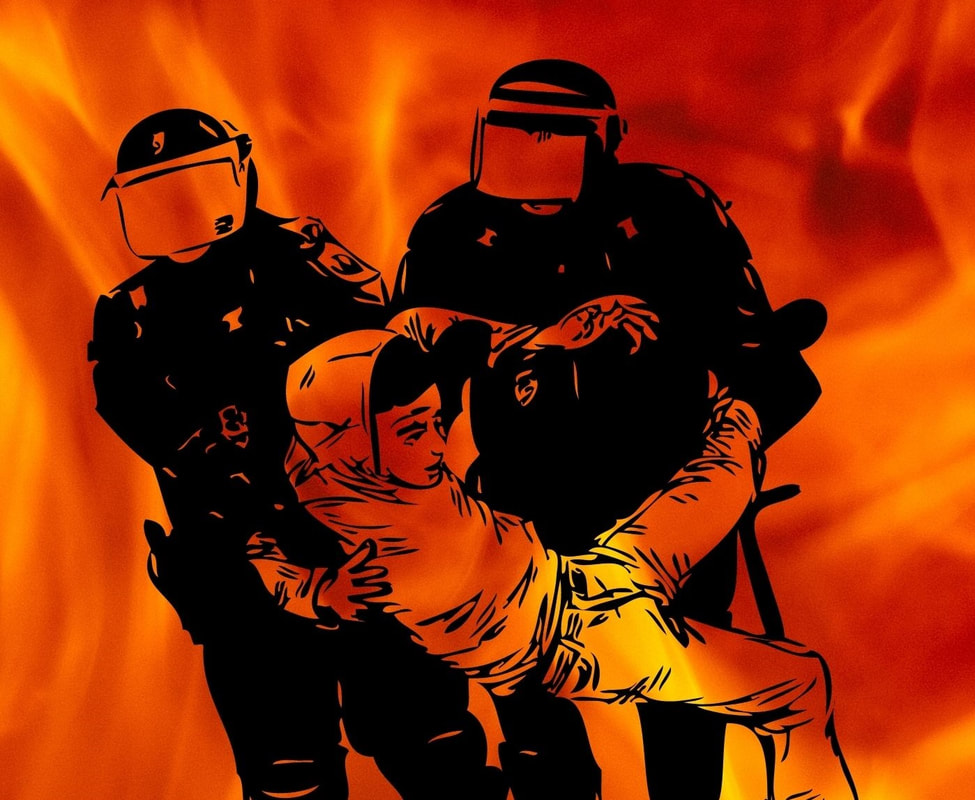
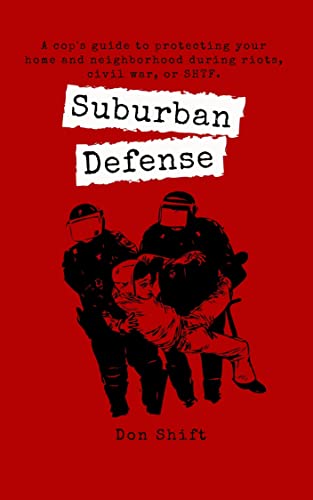
 RSS Feed
RSS Feed
